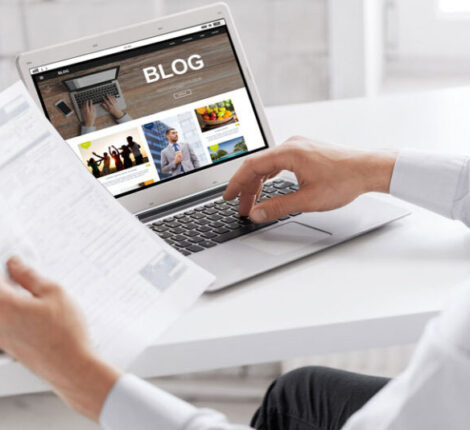Hybrid It Is!
With restrictions being lifted in some countries, several businesses are considering putting employees back to work to get back to “normal.” Last week, Goldman Sachs became one of the first major firms to announce that staff will be called back to the office in June, putting a stop to remote work. Returning people to work, on the other hand, may not be the best method to get back to “normal,” because normal has surely changed! Hybrid work model is the new normal. This paradigm is here to continue, and it can help your company succeed.
Leaders and employees are now looking ahead to what comes next after a year of working remotely. When Covid first struck, there was some immediate job shock, but the entire business has shown incredible adaptability and resilience. Every other week, another statement from a major international financial organization confirms one thing: hybrid working arrangements are the way of the future. This Efma Digest examines how leading banks, insurers, and financial institutions are handling the issue of remote work, as well as some of the other issues that are impacting our new work realities.
Hybrid working allows individuals to achieve the work life balance that “traditional” office jobs don’t always allow for, particularly if there is a commuting. Many people also like hybrid working because they may go to the office some few times a week while working from home on either occasion. This flexibility allows employees to spend more time with their families, get a stroll in at lunchtime, and complete their workday at home without having to commute. Employee happiness and productivity are aided by this hybrid paradigm.
A hybrid working environment gives potential employers access to a larger depth of talent with the top personnel that is not limited by geography. Potential employees are looking for businesses who care about their employees, support work-life balance, and are contemporary and technically competent.The preservation of present personnel is another benefit for current employers. “Putting your people firstly leads for happy people, and happy people influence your bottom line,” says Joanne Redmond, Ibec’s Head of Employment Law Services.
THE RANGE OF HYBRIDS
Whether or not a company can offer a hybrid work model is determined by several elements, the most important of which is the industry or job type. Nearly two-thirds of employees, usually knowledge workers, can work from home at least part of the time, according to Gartner.
Companies that use a hybrid strategy, on the other hand, frequently choose to go down entirely divergent roads. Some people are taking a more open-minded attitude. Work deliverables or the need for team cooperation, for example, will affect how often an individual comes into the office at IBM. Meanwhile, Ford employees will be required to be on site for specific meetings or projects, but they will be allowed to work from home on their own time.
Other organizations, such as Uber, Citigroup, and H&R Block, require a certain number of days in the office every week, usually two to three. On the other hand, a few businesses will classify employees or tiers. Salesforce, for example, will have three tiers: flex (one to three days per week in the office), entirely remote, and office-based (in the office four to five days per week). Employee responsibilities at TIAA will be divided into four categories: entirely remote, somewhat remote, mainly on site, and entirely on site.
Companies can also motivate staff to use work environments other than their residences or corporate headquarters, such as co-working facilities. These settings offer a welcome change of pace that can improve creativity, cooperation, and other professional results. Our research with WeWork shows that after the epidemic, employees who are more content and engaged desire to spend significantly more time in these “third places.”
When it comes to getting the hybrid approach right, effective personnel management is also crucial. Businesses must establish clear criteria for which duties must be completed in the office and which must be completed at home.
CONCLUSION:
“The pandemic has accelerated the future of employment by decades,” it’s reasonable to say. “How organizations deal with this will have a long-term influence on their ability to attract and retain talent,” says Joanne Redmond. Open up the lines of communication – ask for input, do surveys – to discover what will work best for your company and its employees. Then look at how you can make it happen. If you’d like some help putting together a modern hybrid working arrangement that will benefit both your company and your employees, contact us.
Many organizations have chosen the hybrid strategy as the way forward as they consider “what’s next” after the pandemic.Business leaders must take effort to guarantee that hybrid arrangements are as effective and equitable as feasible in the post-COVID future will be well-positioned to prosper. And the sooner companies come up with a hybrid plan that works for everybody, the sooner we can all get used to this “new normal.”




